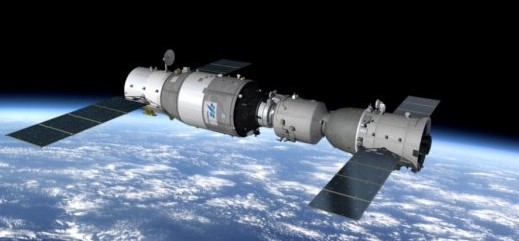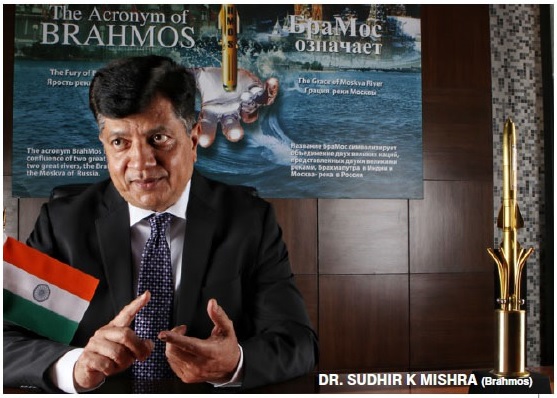
The Tiangong-2 space lab of China. An internet photo
BEIJING (PTI): China's experimental space lab Tiangong-2 on Friday made a "controlled re-entry" into the earth's atmosphere and a small amount of its debris fell into the South Pacific Ocean, the country's space agency said.
The re-entry took place under control at 6:24 IST, state-run Xinhua news agency quoted China's Manned Space Engineering Office (CMSEO) as saying.
A small amount of the spacecraft's debris fell into the predetermined safe sea area in the South Pacific, it said.
Tiangong-2's controlled re-entry into the atmosphere marks the successful completion of all the tasks in the space lab phase in China's manned space programme, said Zhou Jianping, chief designer of China's manned space programme.
Tiangong-2, an improved version of Tiangong-1, is China's first space lab launched on September 15, 2016. The space lab has worked in the orbit for over 1,000 days, much longer than its two-year designed life, according to official media reports here.
China plans to launch its permanent space station by 2022.
Comprising an experiment module and a resource module, the space lab has a total length of 10.4 metres, the largest diameter of 3.35 metres and a take-off weight of 8.6 tonnes.
It has functions of rendezvous and docking with the Shenzhou manned spaceship and the Tianzhou cargo spacecraft.
China has carried out a series of scientific and technological space experiments and tested the in-orbit propellant refuelling technology on Tiangong-2.
Tiangong-2 has docked with the Shenzhou-11 manned spaceship and Tianzhou-1 cargo spacecraft. Chinese astronauts Jing Haipeng and Chen Dong stayed for a period of 30 days in the space lab, the report said.
 Previous Article
Previous Article Next Article
Next Article













The Indian Air Force, in its flight trials evaluation report submitted before the Defence Ministry l..
view articleAn insight into the Medium Multi-Role Combat Aircraft competition...
view articleSky enthusiasts can now spot the International Space Station (ISS) commanded by Indian-American astr..
view article